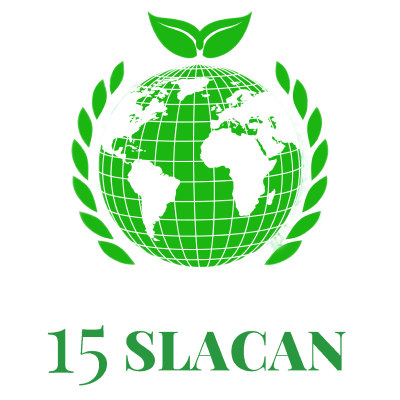Anais do 15° SLACAN - Simpósio Latino Americano de Ciência de Alimentos e Nutrição
ANTIOXIDANT PROPERTIES AND PHENOLIC COMPOUNDS PROFILE OF ENZYMATICALLY MACERATED SERIGUELA PULP
Como citar esse trabalho?
Para citar este trabalho use um dos padrões abaixo:
Como citar esse trabalho?
Aimed the integral use of vegetable matrices, the enzymatic treatment has shown to be an efficient method for the selective modification of fruits and to increase the recovery of bioactive compounds. The pulp of Spondias purpurea L., a native fruit known as seriguela, was chosen to analyze how the enzymatic treatment affects their antioxidant properties and phenolic compounds profile. The treatment was performed using the commercial enzymes Pectinex® Ultra SP L (pectinase), Celluclast® 1.5L (cellulase) and Viscozyme® L (a mixture of carbohydrases). The pulp was diluted at a ratio of 1:1 (m:v) in acetate buffer (100 mmol/L, pH 5.0) for pH adjustment in which was added 0.5% (v: v) of each enzyme. The reaction mixture was incubated at 40 °C under agitation of 100 rpm for 60 minutes. Pulp without treatment application was used as a control. The antioxidant properties were investigated using the following methods: ABTS and DPPH radicals scavenging and ferric reduction antioxidant potential (FRAP); the phenolic compounds identification was performed by HPLC. Nine compounds were identified in the seriguela pulp and all enzymatically treated samples showed increases in the content of phenolic compounds when compared to the control. Catechin was the major compound detected for the samples treated with the enzymes Celluclast® (20.18 μg/g) and Viscozyme® (35.10 μg/g), showing increases of 62 and 181%, respectively, compared to the control (12.45 μg/g). For the sample treated with Pectinex®, gallic acid (21.39 μg/g) was the main compound identified, with a 118% increase over the control (9.18 μg/g). For ABTS and FRAP methods, the pulp treated with the enzyme Pectinex® showed increases of 108 and 204%, respectively, when compared to the control. For DPPH, treatment with Celluclast® resulted in samples with an increase of 283% compared to the control.
- 1 Universidade Estadual de Campinas
- 2 Universidade Estadual de Campinas / Faculdade de Engenharia de Alimentos / Departamento de Ciência de Alimentos
- Bioquímica e Biotecnologia de Alimentos (BB)
Discussões Científicas de Qualidade
Com ~200 mil publicações revisadas por pesquisadores do mundo todo, o Galoá impulsiona cientistas na descoberta de pesquisas de ponta por meio de nossa plataforma indexada.
Confira nossos produtos e como podemos ajudá-lo a dar mais alcance para sua pesquisa:
Como citar esse proceedings?
Esse proceedings é identificado por um DOI , para usar em citações ou referências bibliográficas. Atenção: este não é um DOI para o jornal e, como tal, não pode ser usado em Lattes para identificar um trabalho específico.
Verifique o link "Como citar" na página do trabalho, para ver como citar corretamente o artigo

